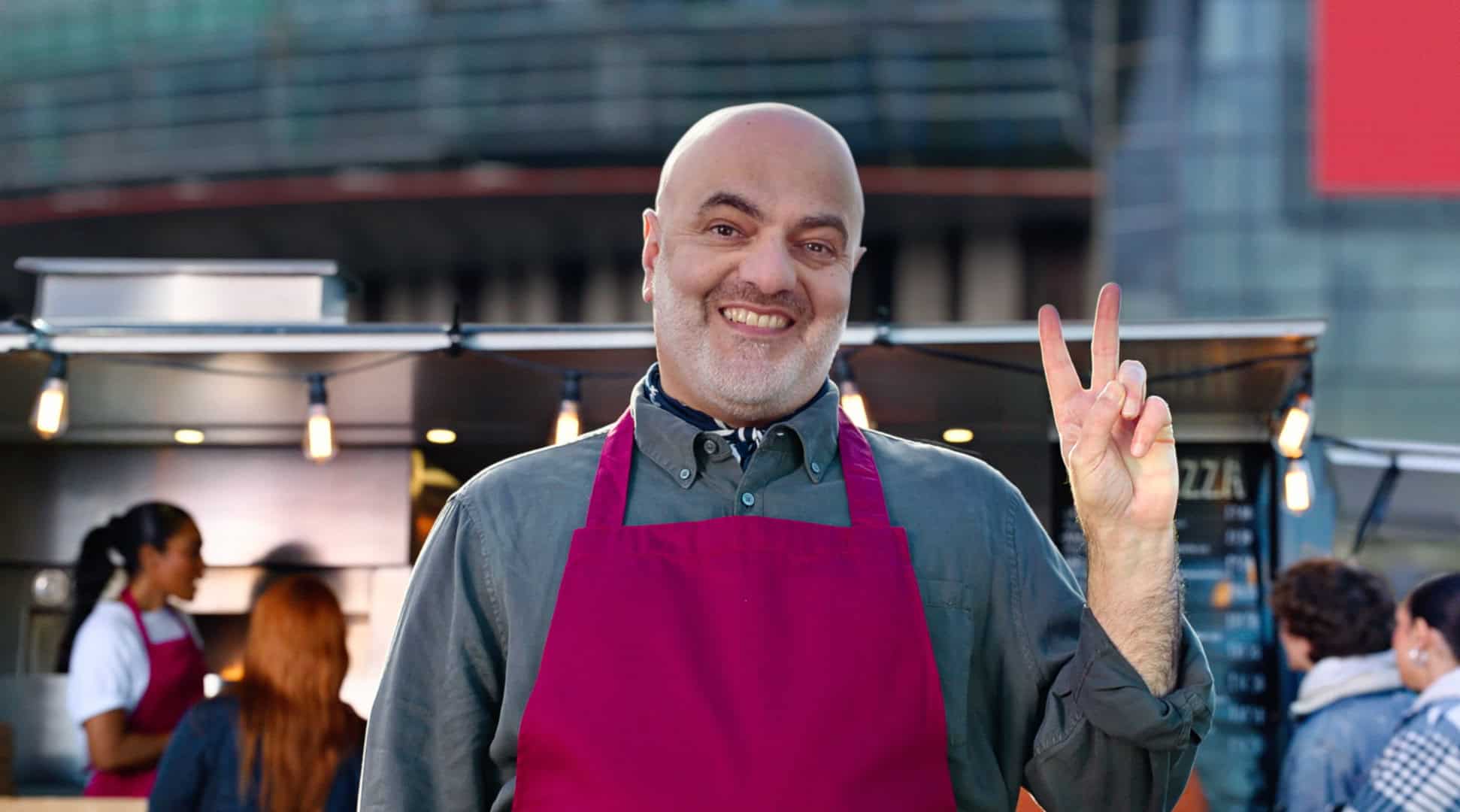When speaking to friends about their most memorable ads, Christmas is a recurring feature. As an industry, we have long been fixated on fragmentation as we service ever increasing channels, but for the general public, the familiar pattern to life of this time of year seems to draw many of us back to connecting with the traditional showpiece TV spot.
Behind the scenes of course, the calendar of Christmas advertising can seem jarring to outsiders with planning from early January then bringing the Christmas cheer sometime in September on a non-descript film set for that magical moment around November when the ads start (always too early for some members of the public, never early enough for others). However, this year has not been like other years. Would the steamroller of tradition that is Christmas have met its match in a global pandemic? Would brands embrace the weird that has defined 2020 or provide us with a comfy blanket of normalcy?
Of course, you cannot discuss today’s Christmas ads without starting with the grandaddy of them all. John Lewis. Since 2009, it has rewritten the template for what a showstopper festive ad could be, introducing a cast of loveable characters such as Monty the Penguin and Moz the Monster, backed by emotive covers of popular songs.
Such a cultural monolith has opened the campaign up to parody over the years, even by rival brands. One of the earlier memorable features of the pandemic for me went beyond Zoom quizzes and sourdough starters. It was ‘what will happen to the John Lewis Christmas ad?’. Would it involve video conferencing? Would it be set to a maudlin cover of The Police’ ‘Don’t stand so close to me’? The possibilities were endless. You know you have hit marketing gold not when people are discussing a Christmas ad in November, but when they are questioning the creative threat back in April, in a pandemic. Ultimately, they have decided to help us all keep calm and carry on with a piece that keeps to the formula but perhaps feels a little out of touch for what won’t be normal for many of us. Aldi and Lidl took the same route to a similar effect.
https://www.youtube.com/watch?v=Juv2c0xgGno
However, some of the major retailers did decide to acknowledge the current climate. Sainsbury’s put a poignant spin on the conventional family gathering by showing it as home videos of last year’s Christmas set to a phone call wishing for this year to be like that was.
Tesco took a more humorous approach checking all the things, rightly or wrongly, we did to get through the year, from bad home haircuts to hoarding toilet roll.
A major feature of the ‘big Christmas ad’ is playing our collective familiarity back to us. That doesn’t mean it has to show a perfect experience, but in embracing the particular oddness of 2020, whether through longing or a comic begrudging acceptance, Sainsbury’s and Tesco’s efforts arguably feel more ‘real’ in their reflection.
One of those major shifts to normalcy this year has been defined by enforced distance. It is perhaps no surprise that telecoms and tech brands, who were so vital in bridging that gap in lockdown, have capitalised the most on the mood with Vodafone’s ‘The Magic of Connection’ and 3’s ‘Your phone’s seen a lot this year’ unafraid to shy away from our reliance on our devices. And it is of course Amazon, this year’s corporate victors, who thrived while so many of us were confined to our homes and dependent on online shopping, which perhaps beats the king of Christmas adverts at their own game with a John Lewis ad for the e-commerce age. In it, we have the familiar structure of an emotive tale as a character overcomes adversity at Christmas. An aspiring ballerina, dreams scuppered by the pandemic, performs on a rooftop in the snow lit by a torch purchased from Amazon. It’s powerful and glossy and balances Christmas ad convention with a 2020 spin.
https://www.youtube.com/watch?v=gQdLD6kk960
As the government’s guidance seeks to ‘save Christmas’ and, for many, the celebration of family traditions hangs in the balance regardless of the latest rules, Christmas will feel somewhat different. This season of Christmas ads has shown that brands can keep to business as usual or embrace the non-conformity of 2020. While it is perhaps the latter that feels more resonant this time round, the desire for a return to some kind of normal, even if just for one day, is the unifying factor. If even a war couldn’t dampen Christmas spirit, then it was possibly pessimistic to think a virus could.


